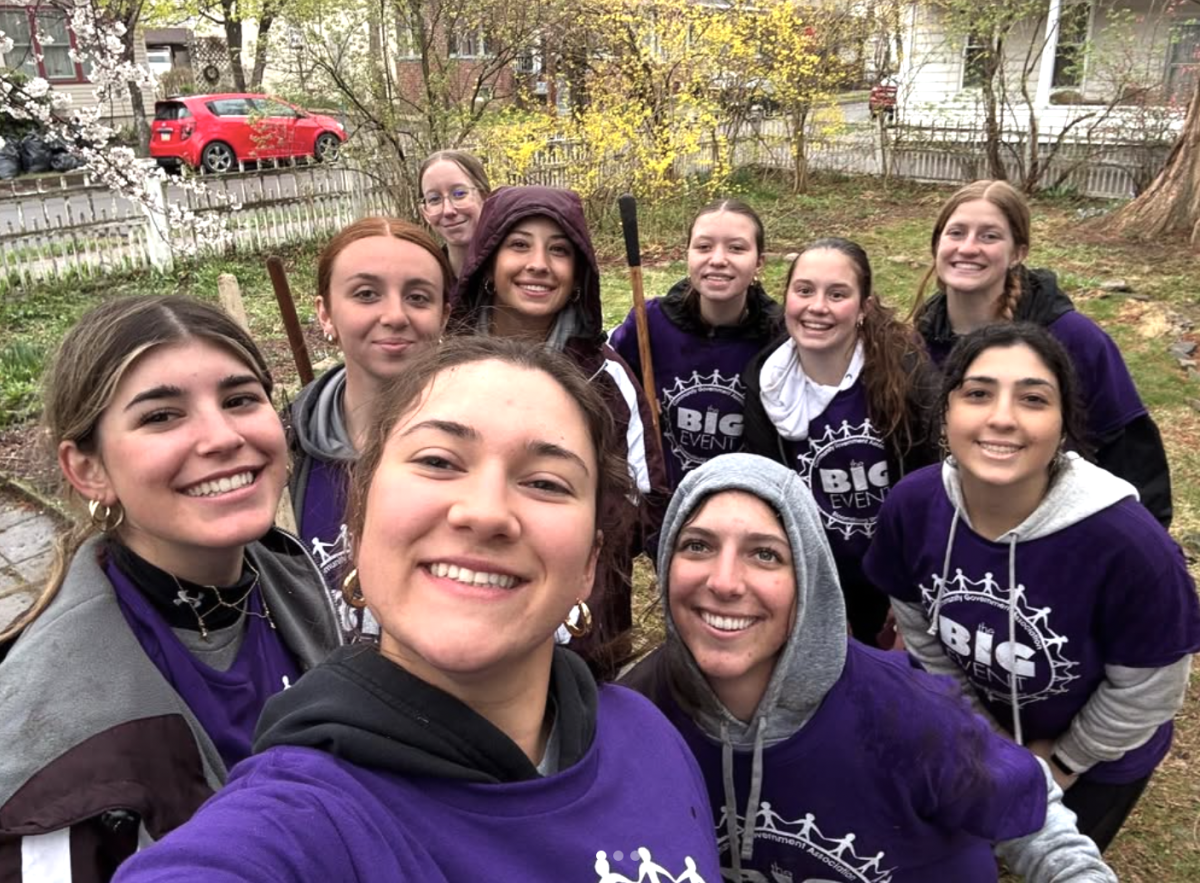On Sunday, Oct. 1, a country music festival in Las Vegas, NV was suddenly ravaged by gunfire. The gunman opened fire on the massive crowd that had gathered at the Route 91 Harvest Festival to watch country music star Jason Aldean perform live. First reports to police indicated that gunfire began at roughly 10:08 pm, although it may have started slightly earlier, as the concert was momentarily halted by Aldean when shots first rang out. As the performance started back up, more shots were fired into the crowd, at which the singer evacuated the stage and a stampede ensued wherein hundreds of concert goers scrambled for cover from the unknown source of shooting. Less than 20 minutes after the shooting began, it ended when security at the Mandalay Bay Resort and Casino, which was located diagonally from the location of the concert, stormed the 32nd-floor suite to find the suspect had committed suicide. Since then, there has been a rapid movement to provide aid and find answers in arguably the deadliest mass shooting in modern American history.
At last count, roughly 58 people have been reported dead and between 500-600 injured, though it is still unclear who was killed/injured by gunfire versus the stampeding crowd. Following the shooting, relief has been pouring in from in and around the Vegas area, with blood banks experiencing hours-long wait times and being forced to close their doors to those attempting to donate because there is not enough storage space for all of the blood and plasma. Volunteers have also been handing out food and water to those affected by the shooting, as well as to those standing in lines to donate blood, and a GoFundMe page set up for the victims exceeded $1 million in donations within 12 hours of being established. At this time, nearly all of the 58 deceased have been identified, and the corner and police department are actively working to identify all victims and contact next-of-kin.
While there is ample evidence of the shooting from the perspective of the concert, almost nothing is known about the shooter or his motive. The gunman, who has been identified but will not be named in this article, committed suicide immediately before he could be captured, and it is suspected that he was observing the hallway outside his suite as to ensure he would not be surprised by security. A search of the suite revealed that he had amassed a small arsenal of 47 firearms, ranging from rifles to pistols, between the suite and two Nevada properties owned by the gunman, with these firearms having been purchased in four different states at varying times over the last year. He was also in possession of weapon modifications, specifically a bump stock, which was outfitted onto 12 rifles. This device allowed the rifles to fire hundreds of rounds per minute, vastly increasing their killing potential, especially from a distance. The modifications are currently legal and inexpensive, allowing civilians to have the shooting capacity of the difficult-to-obtain fully automatic weapons that the military possesses, thus rendering the restricting of such weapons to civilians essentially moot.
It is still unclear why the gunman targeted the concert and why he committed the mass shooting in the first place. Family members of the gunman have been interviewed and claim that there was no history of criminal behavior, mental illness, or diminished mental capacity. Initially, ISIS attempted to claim responsibility of the attack, but upon the release of the identity of the gunman, the FBI has mostly ruled out any influence of the terrorist organization. As of Wednesday, the girlfriend of the gunman has come forward and will answer questions regarding the gunman and any possible motives for his actions. Donald Trump also planned a visit to Las Vegas for Wednesday, though he had not indicated that gun control laws or reform was part of the agenda for the visit.
*Please note that modern American history is considered to begin in 1877, and that this mass shooting is considered the deadliest by a single individual in that time period. It does not include shootings prior to 1877, nor mass killings or massacres conducted by government organizations, military/paramilitary groups, or large groups of individuals.






















